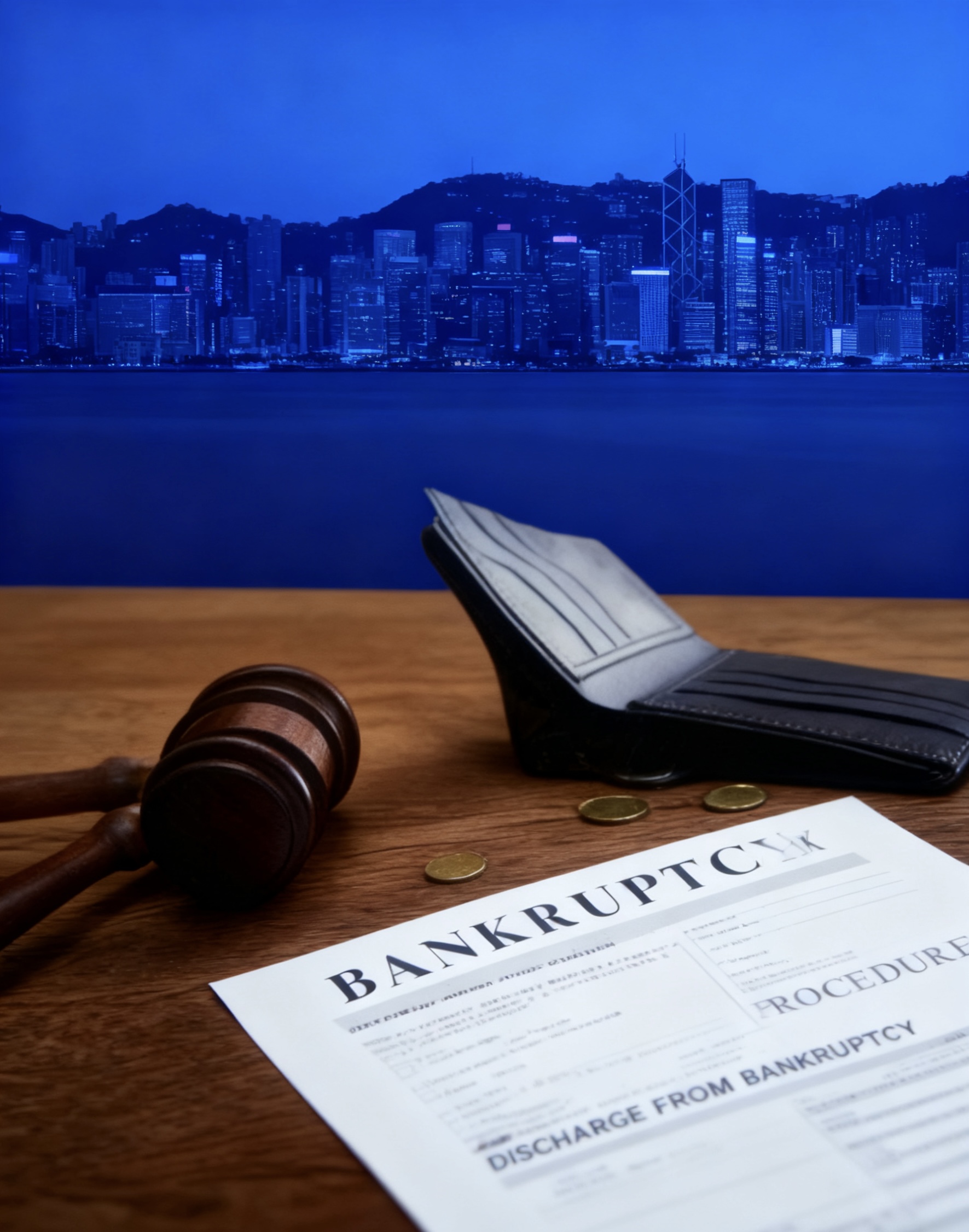Bankruptcy / Insolvency
- FAQs
Hong Kong is not a party to the UNCITRAL Model Law on Cross-Border Insolvency, and there is no statutory regime for recognition of foreign insolvency proceedings. Recognition and assistance are granted under common law, guided by the doctrine of modified universalism.
From Hong Kong case law:
Corporate insolvency
- Recognition usually granted for foreign insolvency proceedings opened where the company’s Centre of Main Interests (COMI) is located.
- Proceedings in the place of incorporation are generally not recognised, except for two carve-outs:
- Recognition of a liquidator’s authority to represent the company and incidental orders (“managerial assistance”).
- Recognition required “as a matter of practicality” (e.g., to deal with Hong Kong assets).
Personal bankruptcy
- Recognition turns on whether the bankrupt was domiciled in, or submitted to the jurisdiction of, the foreign court.
- Proceedings must be collective in nature and consistent with Hong Kong law and public policy.
Soft-touch provisional liquidation
- Hong Kong can recognise foreign soft-touch provisional liquidation even if domestic law does not provide for it, but will not allow it to obstruct legitimate Hong Kong proceedings.
When a foreign insolvency office-holder seeks recognition in Hong Kong:
- The court examines whether the foreign proceedings are collective and conducted in a jurisdiction with proper connection (COMI for companies; domicile or submission for individuals).
- The applicant must show recognition and assistance are necessary for dealing with Hong Kong assets or conducting investigations.
- Recognition is limited to movable property within Hong Kong; immovable property is governed by the lex situs.
- Recognition is discretionary, and will be refused if contrary to Hong Kong public policy.
1. Rights affected:
- Loss of control over assets – All property in the bankrupt’s estate vests in the trustee (s.43 BO).
- Restriction on income use – May retain only what is needed for reasonable domestic needs; surplus goes to the trustee.
- Travel restrictions – May travel abroad, but must notify the trustee; failure may extend bankruptcy period.
- Credit restrictions – Cannot obtain credit of HK$100 or more without disclosing bankruptcy status (s.131 BO).
- Professional restrictions – Cannot act as a company director or engage in certain regulated professions without court approval (Companies Ordinance s.480(1)).
- Legal proceedings – No new legal proceedings against the bankrupt without court leave; ongoing proceedings are stayed.
- Joint property – Trustee can realise the bankrupt’s share in jointly owned assets.
2. Obligations:
- Disclosure – Must fully disclose all assets, liabilities, income, and earnings to the trustee.
- Delivery of assets – Must hand over all property, documents, and records.
- Attendance – Must attend interviews and examinations when required (s.19 & s.29 BO).
- Annual statements – Must submit yearly statements of earnings and acquired property (s.43A BO).
- No preferential payments – Cannot repay selected creditors without trustee consent.
- Compliance – Must follow trustee’s directions and court orders.
3. Criminal liability for breaches:
- Non-disclosure or concealment of assets – Up to 2 years’ imprisonment (s.129 BO).
- Obtaining credit without disclosure – Up to 2 years’ imprisonment (s.131 BO).
- Fraudulent transfers – Up to 2 years’ imprisonment (s.132 BO).
- Absconding with assets – Up to 2 years’ imprisonment (s.135 BO).
- Evading legal documents – Up to 2 years’ imprisonment (s.136 BO).
Yes, bankruptcy proceedings can be annulled or cancelled by the court if:
- The order ought not to have been made at the time (e.g., jurisdictional defects, debt dispute, procedural irregularities).
- All debts and bankruptcy expenses have been paid or secured after the order.
Key points:
- Annulment wipes out the bankruptcy, restoring the position as if the order was never made.
- The application must be supported by evidence; the burden is on the applicant.
- The court exercises its discretion cautiously and only in special circumstances.
Under the Bankruptcy Ordinance (Cap. 6), s.43(1)
The bankrupt’s estate includes:
- All assets at the start of bankruptcy – e.g., real estate, bank balances, investments, vehicles, valuables.
- Assets acquired before discharge – e.g., inheritances, lottery winnings, gifts received during bankruptcy.
- Rights of action – legal claims that can be pursued for the bankrupt’s benefit.
- Property abroad – assets located outside Hong Kong are also included.
- Intangible property – shares, intellectual property rights, debts owed to the bankrupt.
Excluded from the estate:
- Property held in trust for others.
- Certain essential personal items/tools.
- Post-bankruptcy income (unless court orders part of it to be paid to trustee)
Duration:
- First-time bankrupt: 4 years from the bankruptcy order.
- Repeat bankrupt: 5 years from the bankruptcy order.
The court can extend the period if the bankrupt fails to cooperate, hides assets, or breaches obligations.
Discharge:
- Automatic discharge after the statutory period if no valid objections.
- Suspension of discharge possible if the trustee or creditors apply and the court finds grounds (e.g., incomplete disclosure, misconduct).
- Early discharge may be granted by the court on application, but only if the bankrupt has complied fully with obligations and creditors do not raise valid objections.
- Discharge frees the bankrupt from most debts, but not from debts due to fraud, criminal fines, or personal injury damages.
After a bankruptcy order is made in Hong Kong:
- Stay of Legal Proceedings – Creditors cannot start or continue lawsuits against the bankrupt without court permission.
- Public Notice – The order is published in the Gazette and local newspapers.
- Trustee Appointment – The Official Receiver or a private trustee takes control of the bankrupt’s assets and income.
- Asset Realisation – The trustee sells the bankrupt’s assets (including real property, provident funds, and share of jointly-owned property) to repay debts.
- Income Handling – The bankrupt may keep income needed for reasonable domestic needs; surplus goes to the trustee.
- Obligations – The bankrupt must attend interviews, disclose all assets/income, and cooperate fully with the trustee.
- Restrictions – The bankrupt cannot:
- Act as a company director or hold certain professional roles
- Obtain credit over HK$100 without disclosing bankruptcy status
- Repay individual creditors without trustee approval
- Discharge – First-time bankrupts are discharged after 4 years; repeat bankrupts after 5 years, unless extended for misconduct or objections.
Yes. A foreign debtor can be made bankrupt in Hong Kong if the court’s jurisdictional requirements are met.
Specifically, the debtor must:
- Be domiciled in Hong Kong; or
- Be present in Hong Kong on the date the bankruptcy petition is filed; or
- Have resided or carried on business in Hong Kong at any time within the three years before the petition.
The debtor’s nationality is irrelevant — what matters is the connection to Hong Kong through domicile, presence, or business activity. If these conditions are satisfied, the Hong Kong court may make a bankruptcy order against a foreign debtor.
Under section 6(1) of the Bankruptcy Ordinance (Cap. 6), a creditor may present a bankruptcy petition against a debtor only if:
- A liquidated sum (fixed amount)
- Unsecured (no collateral securing repayment)
- At least HK$10,000
- Payable immediately or at a certain future date
For a debtor’s own petition, there is no minimum debt threshold — the debtor can apply for bankruptcy regardless of the amount owed.
In Hong Kong, a bankruptcy petition can be filed by:
- A creditor — If the debtor owes a liquidated sum of at least HK$10,000 (unsecured) and has failed to pay after a statutory demand or court judgment. The creditor must prove the debt and the debtor’s inability to pay.
- A debtor — An individual or partnership may file a petition for their own bankruptcy if they are unable to pay their debts, regardless of the amount owed.
Jurisdictional requirement — The debtor must be domiciled in Hong Kong, present in Hong Kong on the petition date, or have resided or carried on business in Hong Kong within the past three years.
Bankruptcy refers to a legal process under the Bankruptcy Ordinance (Cap. 6) where an individual or partnership is declared unable to repay debts. A bankruptcy order is made by the court, and a Trustee takes control of the bankrupt’s assets, sells them, and distributes the proceeds to creditors according to statutory priority. Bankruptcy affects personal status — for example, an undischarged bankrupt cannot act as a company director.
Corporate winding-up refers to the dissolution of a limited company under the Companies (Winding Up and Miscellaneous Provisions) Ordinance (Cap. 32). It can be initiated voluntarily by shareholders or creditors, or compulsorily by court order, usually due to insolvency. A Liquidator is appointed to take control of the company, realise its assets, settle debts, and ultimately remove the company from the Companies Register. Unlike bankruptcy, winding-up applies only to corporate entities.







